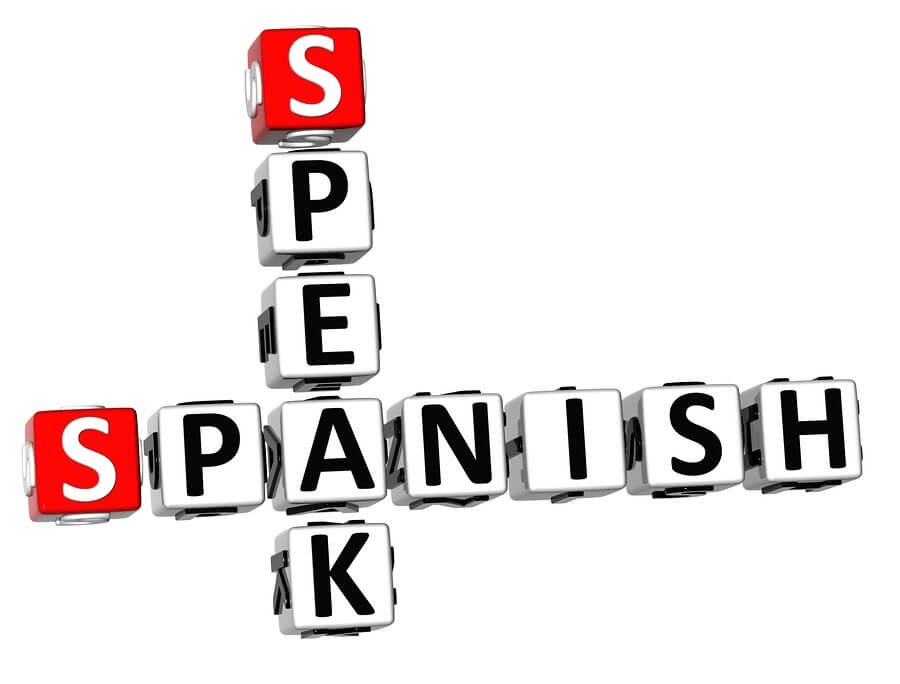Languages are never fixed in time. They evolve and change. When people moved far less than they do today and most grew up in a defined locality talking to those who spoke the same language or dialect as they did, then there was little change. Dialects evolved due to geographical separation or isolation over time. Colonization or invasion often meant that there were two or more primary languages, one of the dominant or more powerful occupying group and the other the oppressed. That’s when the purity of a language began to change.
Kids grow up speaking both languages simultaneously and combining words and phrases to make new combinations. Globalization and the growing importance of English as a global lingua Francia often lead to changes in a language. These can work both ways, with words introduced from one language into another and new words and phrases being created from a combination of both.
Spanish is one of the world’s most spoken languages. In its purest form, it is spoken throughout the Iberian Peninsula apart from Portugal. Even there, there are regional dialects, as well as totally different languages like Basque (Catalan has strong similarities to Spanish). When the Spanish formed colonies in the Caribbean, Central, and South America, colonizers established their language as supreme amidst a huge number of largely forgotten indigenous languages. To the North, lay English speaking USA and Canada, to where eventually many Spanish speakers migrated. The juxtaposition of majority Spanish and minority English has given rise to “Spanglish,” a sort of creolized melee of both languages.
Where is Spanglish spoken?
Spanglish is spoken in Puerto Rico and many parts of North America where there are large Hispanic communities. It is not a uniform language by any means. Even back in the 1930s, what we now refer to as Spanglish was called Espanglish or Inglañol. The former was mostly Spanish and the latter more English than Spanish. Puerto Rico is probably where more Spanglish is spoken than anywhere else, partly because it is the only part of the world where both Spanish and English are joint official languages. Puerto Rico is a U.S. dependency and there are millions of Puerto Ricans who live in the U.S., so it is not surprising that it has become widespread in use there.
There are now over 50 million Hispanic people living in the U.S., the largest ethnic minority in the country. Many in the Hispanic community grow up with Spanglish, although they may also be able to speak pure Spanish and English depending on the context as well.
Spanglish may be the preferred language to be used in many Hispanic communities in places like Miami, California, Texas and New York. There are so many variations of what could be termed Spanglish such as the creolized language used by Afro-Cubans who live in Florida, called Cubonics from Cuban Spanish and Afro American slang.
Spanglish has also become established in places where the two languages mix in other parts of the world like Gibraltar, Belize and the ABC islands of the Caribbean, together with other creole languages like Papamiento.


















